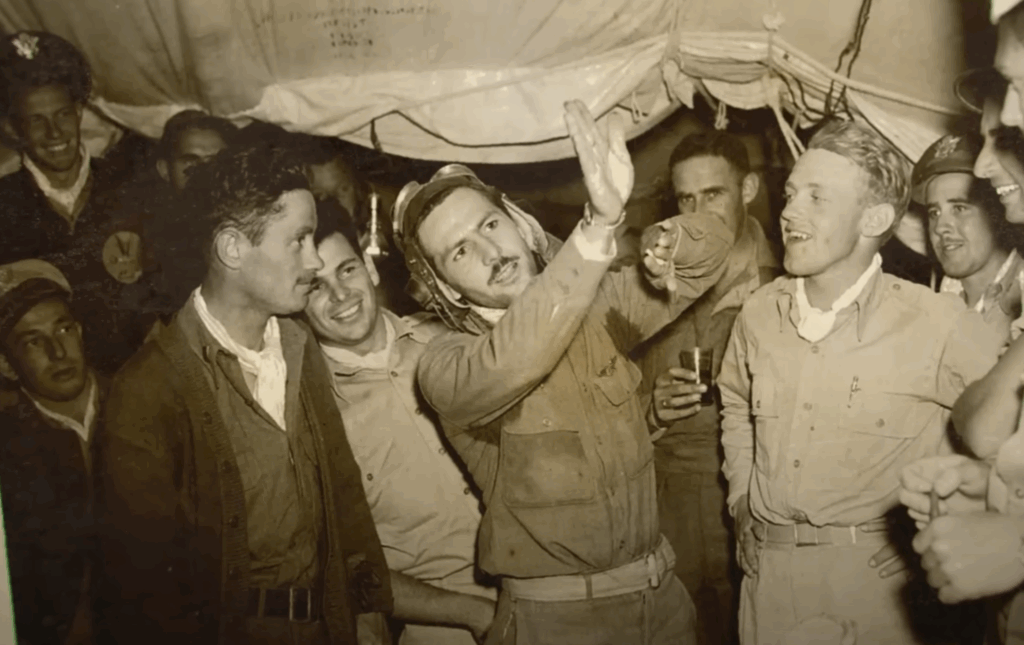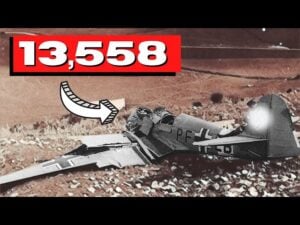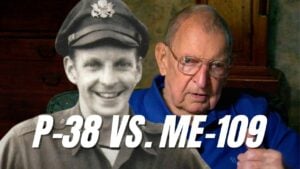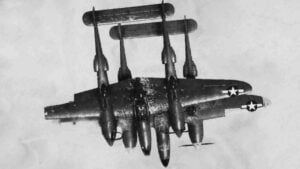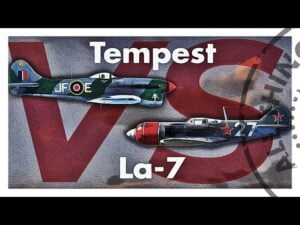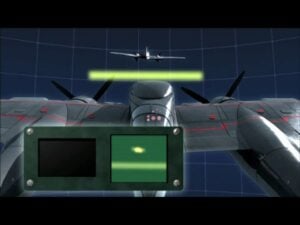The Story of WWII Palm Sunday When US Air Force Shoots Down 70 Planes in 15 Minutes
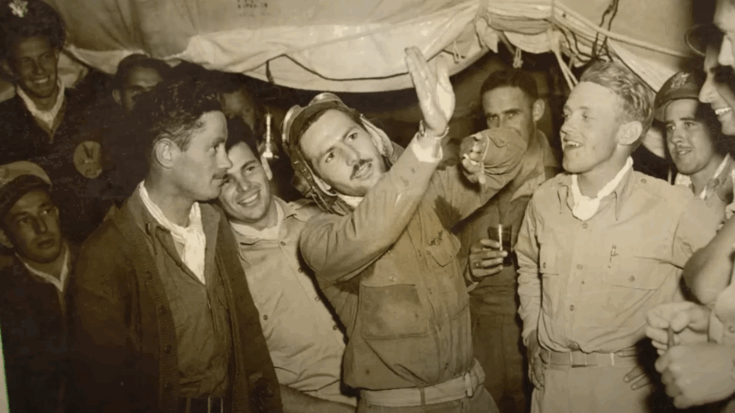
TJ3 History / YouTube
The Discovery Over the Mediterranean
On April 18, 1943, the calm Mediterranean sky became the stage for one of the most destructive air battles of the war. The 57th Fighter Group, flying Curtiss P-40 Warhawks, had been on routine patrols that seemed uneventful. Their fuel gauges were dropping, and the pilots expected to return home without a fight. Then, one of them spotted a flash of sunlight glinting off wings below. At first glance, it looked like a small formation, but as they looked closer, it revealed itself to be one of the largest groups of aircraft they had ever encountered.
The sight was almost unbelievable: dozens of German Junkers Ju 52 transport planes flying low over the water, escorted by fighters. In that moment, the Americans realized they had found the long-sought target of Operation Flax, the Allied plan to cripple German resupply and evacuation efforts in North Africa.
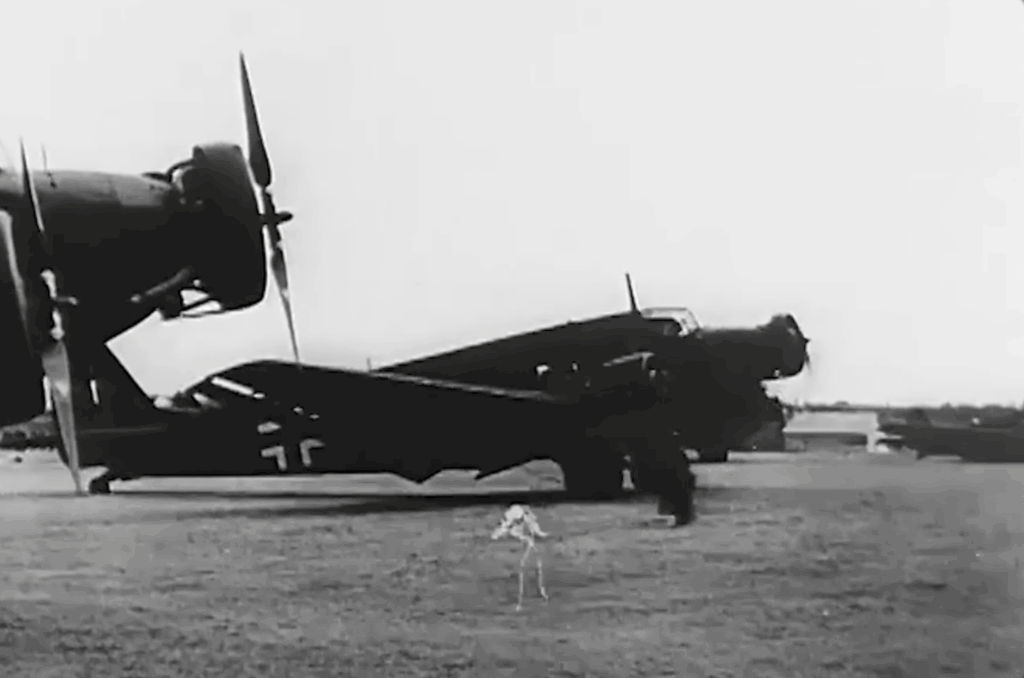
The North African Campaign at a Breaking Point
By April 1943, Axis forces in North Africa were surrounded and pressed into Tunisia. They lacked fuel, ammunition, and reliable supply routes. The only way to sustain their armies—or withdraw them—was through air transport from Sicily. German air groups used the Ju 52, a dependable but slow three-engine transport, to carry supplies in and fly troops out.
At first, night flights worked fairly well. But desperate to keep up with demand, German commanders increased daylight missions, mistakenly believing the short distance over the Mediterranean would keep them safe. What they did not know was that the Allies were intercepting their radio traffic through the Ultra program. Using this intelligence, General Jimmy Doolittle set Operation Flax in motion, ordering fighter patrols to lie in wait.
The Trap is Sprung
On that spring afternoon, 48 Warhawks of the 57th Fighter Group, supported by a cover of RAF Spitfires, prepared to turn back for lack of fuel when the formation below was spotted. At first, they estimated 30 transports. In reality, there were more than 60, escorted by about 20 German and Italian fighters.
Captain Roy Whitaker, flying his P-40 Miss Fury, led the attack. He later recalled:
“I attacked the Ju52s from a stern at high speed and fired at two planes in the leading formation. The bursts were short and the only effect I saw was pieces flying off the cabin of the second ship. I pulled away and circled to the right and made my second attack. I fired two bursts into two more 52s… They both burst into flames… I then made a third pass and sent a good burst into another Junkers. As I pulled away, it crashed into the water. By that time, the 109’s were among us. I tagged one and gave him a long burst in the belly. He crashed into the sea. It was a pilot’s dream. I’d never seen such a complete massacre of the enemy in my life.”
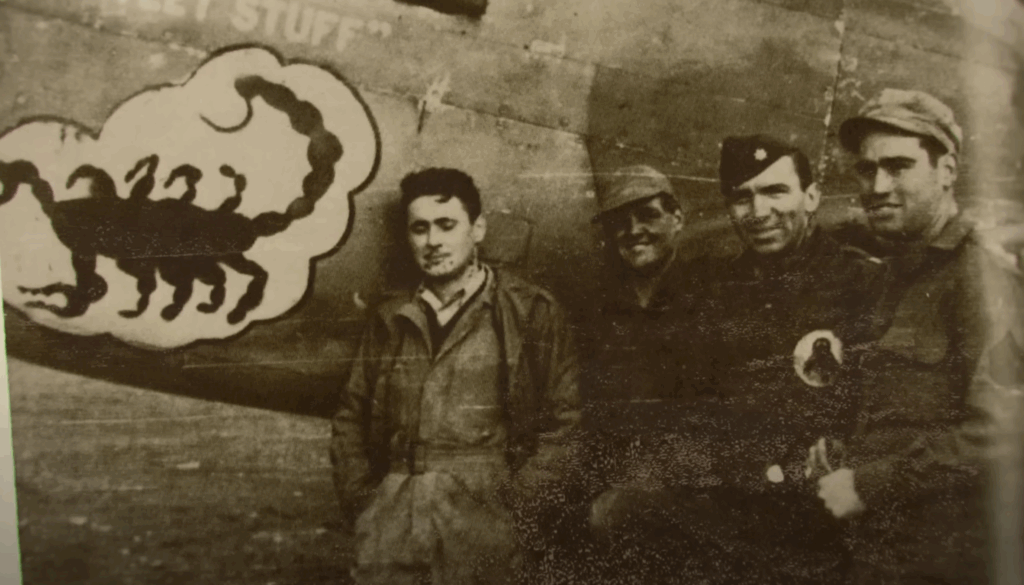
The Massacre in the Skies
The Ju 52s, packed with soldiers, tried desperately to fight back. Eyewitnesses said German infantry fired rifles and machine guns through cabin windows as the transports lumbered forward. Yet the Warhawks cut through them relentlessly. One by one, transports burst into flames or crashed into the sea. Some tried emergency landings on the Tunisian coast, others simply fell apart in midair.
Above, RAF Spitfires kept the escorts engaged, ensuring the transports were left exposed. For the American pilots, the biggest struggle became finding targets before their comrades destroyed them. Ammunition was soon spent, and with fuel running low, the Warhawks finally broke off. What had begun as a massive airlift was reduced to wreckage scattered across sea and shore.
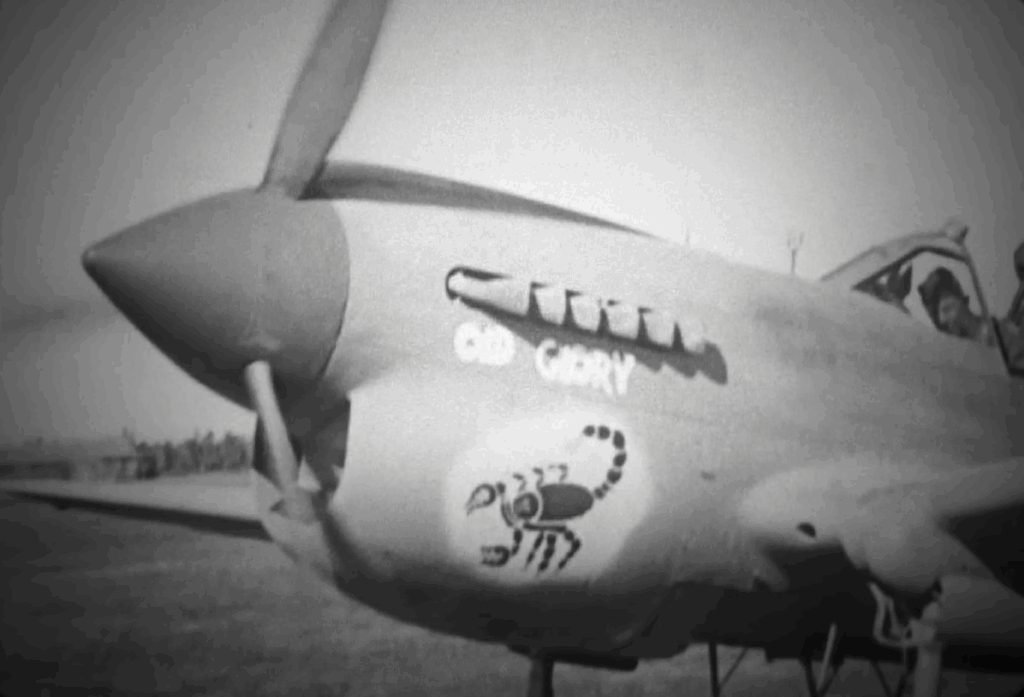
The Aftermath of Palm Sunday
When the battle ended, the tally stunned even the Allies. Reports credited the Americans with 74 victories, 51 of them transports. The Stars and Stripes newspaper declared: “Breaking news. US flyers blast escape planes. Fighters shoot down 51 transport planes bearing Axis troops. Never before in this war were 74 enemy planes shot down in a single engagement.”
Later German records confirmed the scale of the defeat: 24 transports shot down at sea, 35 crash-landed or destroyed on the coast, and several fighters lost. The April 18th clash became known as the Palm Sunday Massacre. The loss crippled German evacuation and supply efforts. Within weeks, Tunisia fell, and with it, over 200,000 Axis troops were captured.
